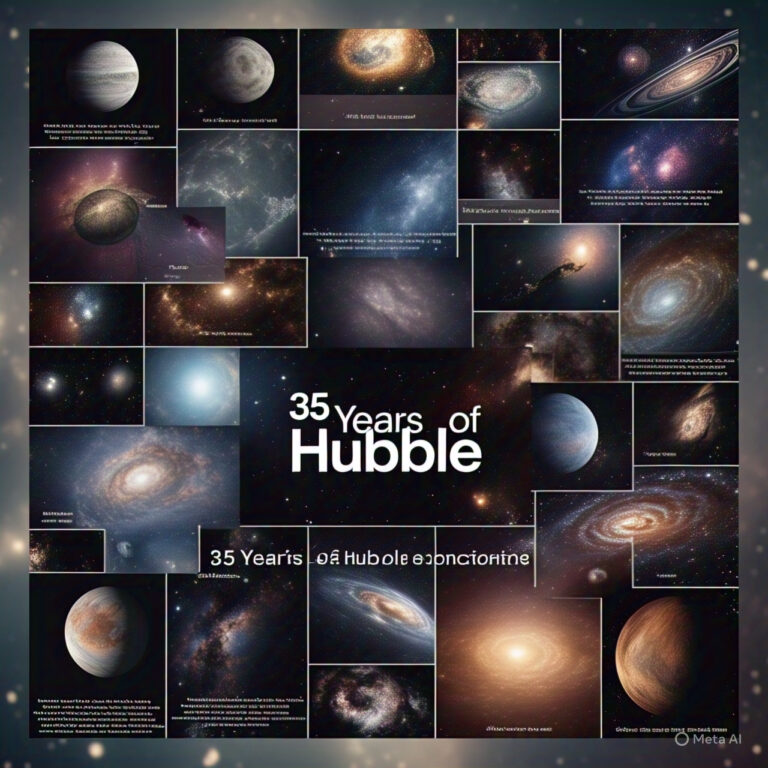Hubble Telescope 35th Anniversary: 10 Mind-Blowing Moments That Changed Astronomy Forever 🚀🌌
10 Times the Iconic Space Telescope Blew Our Minds (With Photos)
Imagine peering into the heart of a galaxy 13 billion light-years away… Now imagine doing that from Earth’s orbit. That’s the cosmic magic the Hubble Space Telescope has gifted us for 35 extraordinary years.
Reader Question:🙋♀️
Ever looked at a jaw-dropping image of the cosmos and thought — Who took that photo? Welcome to the world of Hubble. And in this celebratory guide, the Bhussan.com team brings you 10 awe-inspiring moments from the Hubble Telescope’s 35th anniversary that changed how we see space forever.
A Brief Love Letter to the Hubble Telescope🌠
Launched on April 24, 1990, the Hubble Space Telescope is a joint mission between NASA and ESA that orbits 547 km above Earth. Despite a rocky start due to a flawed mirror, a 1993 repair mission corrected its vision, and since then, it’s delivered over 1.5 million cosmic observations.
From the Pillars of Creation to the Hubble Deep Field, it’s hard to overstate what this space observatory has done for humanity.

1. Pillars of Creation (1995 & 2014): The Image That Became Iconic🌄
The Pillars of Creation, located in the Eagle Nebula, quickly became Hubble’s most recognized photograph. Its hauntingly beautiful towers of gas and dust symbolize both star birth and cosmic scale.
Why It Rocked the World:
-
Revealed breathtaking detail of a stellar nursery
-
Sparked widespread public interest in astronomy
-
Still one of the most shared Hubble images 30 years later
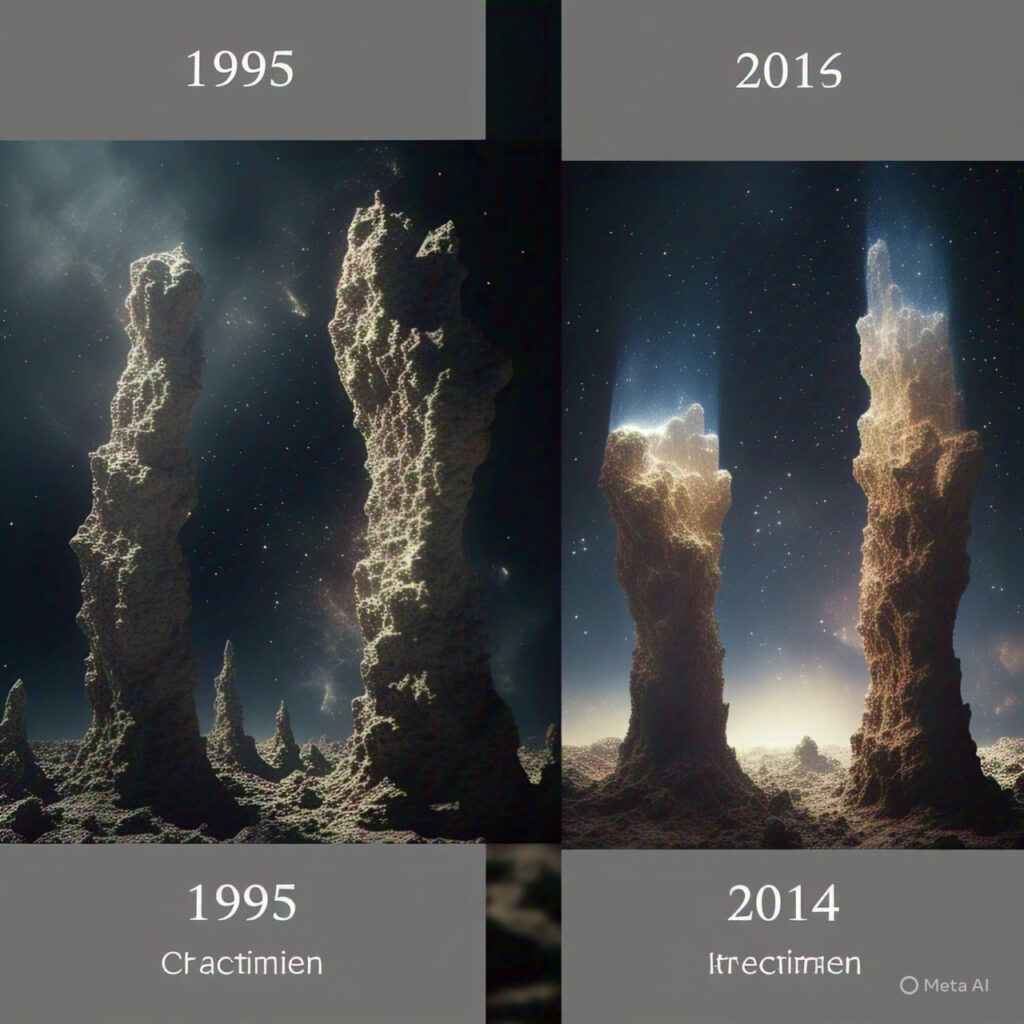
2. Discovering Dark Energy (1998)🧪
By observing distant supernovae, Hubble contributed to discovering dark energy, the mysterious force accelerating the universe’s expansion. This revelation earned the 2011 Nobel Prize in Physics.
Why It Changed Everything:
-
Shook the foundations of cosmology
-
Opened a new frontier in dark energy studies
-
Gave rise to the era of precision cosmology
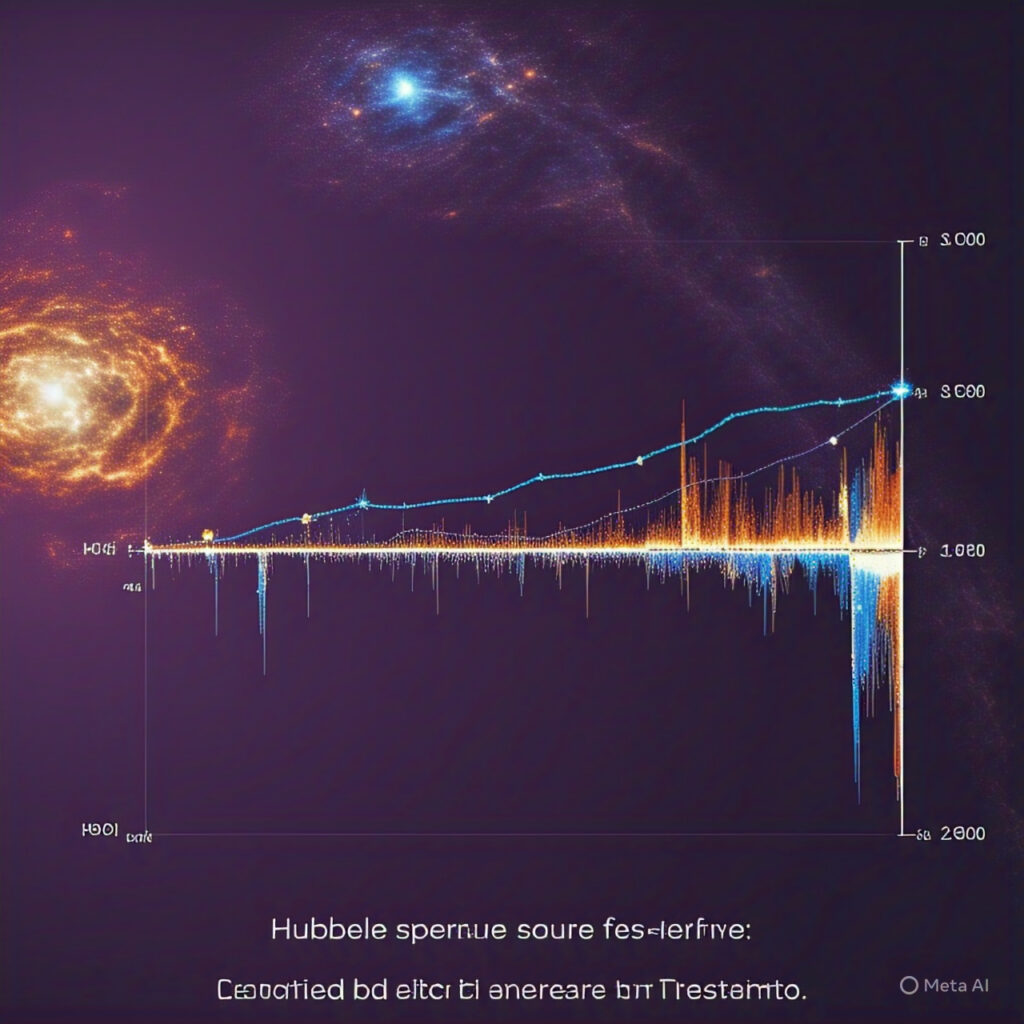
3. Deep Field Series (1995, 2004, 2012): A Grain of Sky, a Universe of Galaxies🕳️
With the Hubble Deep Field, Ultra Deep Field, and eXtreme Deep Field, astronomers pointed Hubble at “empty” patches of space — and found thousands of ancient galaxies.
Why It Blew Minds:
-
Proved the universe teems with galaxies
-
Peered back 13+ billion years in time
-
Set new records for distant galaxy detection
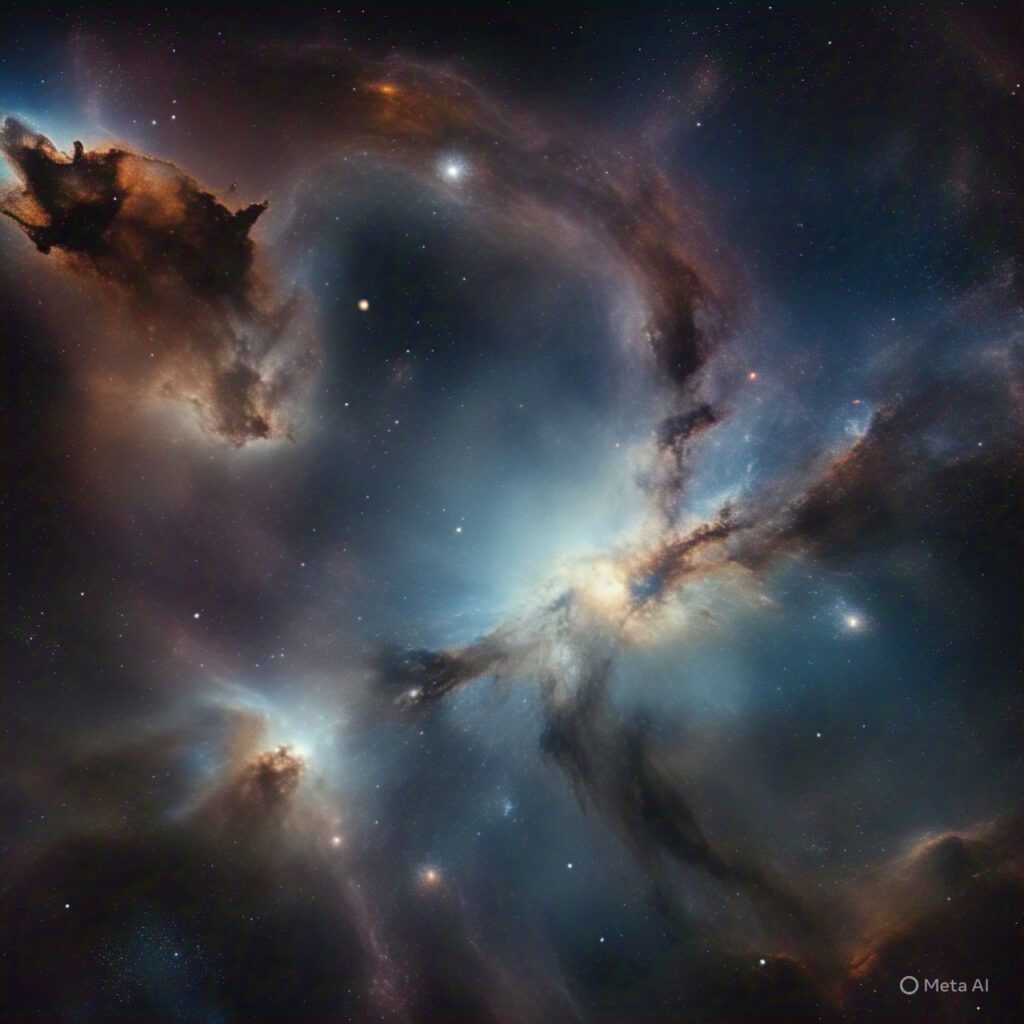
4. Helping See the M87 Black Hole Shadow (2019)🌀
While the Event Horizon Telescope grabbed headlines with the first image of a black hole, Hubble’s data on M87’s jet added crucial context to the discovery.
Why It Was Historic:
-
Complemented radio data with optical and UV imaging
-
Provided insights on jet behavior from supermassive black holes
-
Highlighted the power of cross-observatory collaboration

5. Watching Stars Be Born and Die🌟
Hubble chronicled every stellar stage — from newborn stars in gas clouds to supernova remnants glowing in space.
Why It Was Essential:
-
Delivered unprecedented visuals of star life cycles
-
Let scientists refine stellar evolution models
-
Provided distance measures using Cepheid variable stars
6. Finding Clues to Life on Exoplanets🌍
With transit spectroscopy, Hubble detected water vapor, carbon dioxide, and even methane in the atmospheres of Earth-like exoplanets.
Why It Got Everyone Excited:
-
Confirmed habitable-zone planets could have atmospheres
-
Supported the future search for life
-
Provided baseline data for JWST missions
7. Spotting Moons and Rings in Our Backyard🪐
Beyond Saturn, Hubble spotted rings around Uranus and Neptune and moons near Pluto, helping reshape our view of the solar system.
Why It Mattered:
-
Revealed surprising features of “ice giants”
-
Added context to the Pluto reclassification debate
-
Inspired new missions like New Horizons
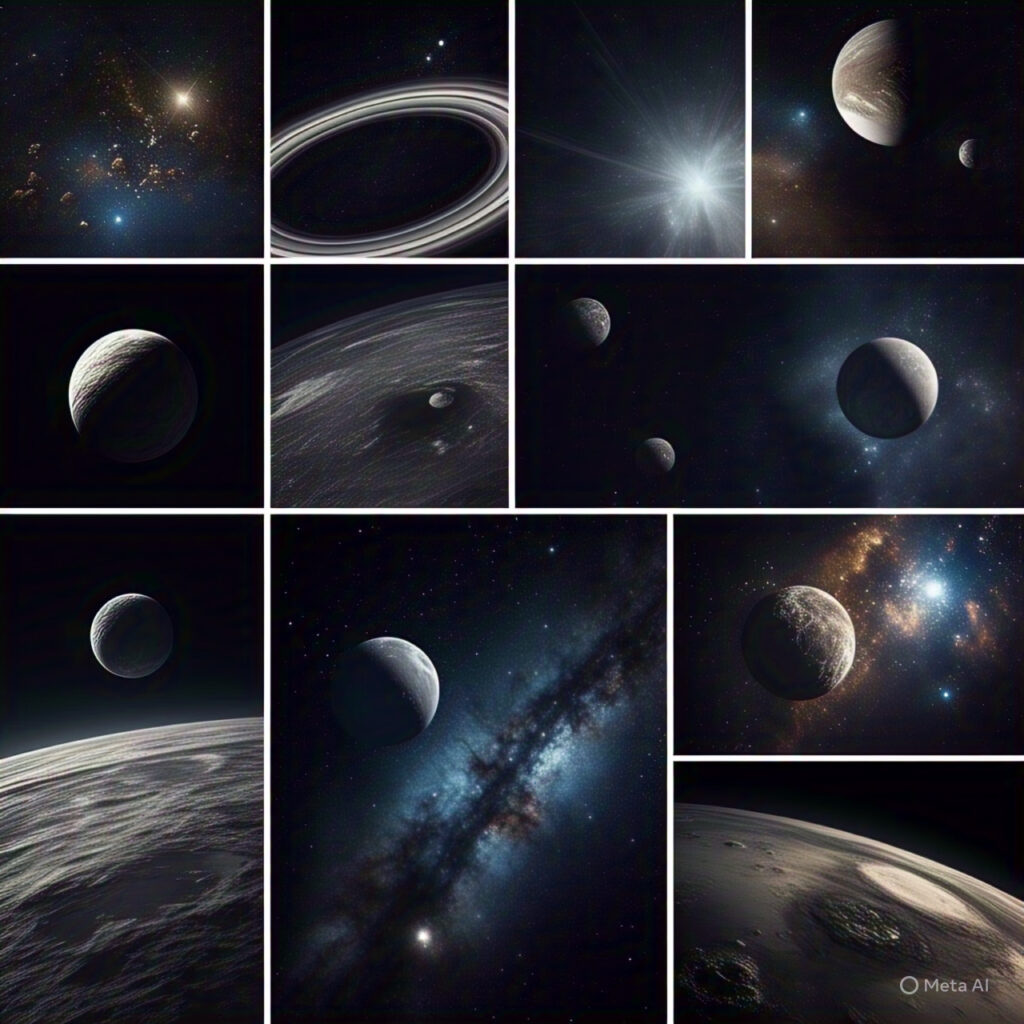
8. Witnessing a Comet Slam into Jupiter (1994)☄️
The Shoemaker-Levy 9 event marked the first time humans saw a cosmic collision in real-time, and Hubble was there to capture the moment.
Why It Made Headlines:
-
Displayed Jupiter’s dynamic atmosphere
-
Validated planetary defense strategies
-
Galvanized public interest in asteroid tracking

9. Gravitational Lensing: Nature’s Magnifying Glass🔮
When light from distant galaxies is bent by foreground mass, Hubble captures eerie arcs and rings, known as Einstein rings.
Why It’s Cool (and Important):
-
Proved Einstein’s general relativity correct
-
Let astronomers map invisible dark matter
-
Enabled ultra-deep views of the early universe
10. Watching a Supernova Live💥
For the first time ever, Hubble caught a supernova forming in real time, offering unprecedented insight into stellar death.
Why It Was a Big Deal:
-
Allowed step-by-step analysis of star death physics
-
Contributed to models of heavy element formation
-
Marked a once-in-a-lifetime observation milestone

Hubble Space Telescope: Pros & Cons✅
| Pros | Cons |
|---|---|
| Iconic imagery & visual data | Aging hardware needs maintenance |
| Revolutionized deep-space astronomy | Inferior infrared capabilities vs. JWST |
| Long-term consistency in orbit | Vulnerable to orbital decay |
| Highly influential in public science | Initially flawed mirror hurt early credibility |
Frequently Asked Questions (Hubble Telescope 35th Anniversary Special)❓
-
What makes the Hubble Telescope’s 35th anniversary special?
-
What is the Hubble Space Telescope known for?
-
When did Hubble launch?
-
Who built Hubble?
-
What’s the story behind its blurry beginnings?
-
How was Hubble’s mirror fixed?
-
What are its most iconic images?
-
What discoveries changed astronomy?
-
What role did Hubble play in dark energy research?
-
What is the Deep Field series?
-
Has Hubble captured black holes?
-
What are gravitational lensing arcs?
-
Is Hubble still operational?
-
How many servicing missions were there?
-
Can I see Hubble photos online?
-
How does it compare to James Webb?
-
What’s Hubble’s legacy?
-
How does Hubble help find exoplanets?
-
What’s its orbital speed?
-
How many galaxies has Hubble found?
-
Can Hubble see Earth?
-
What’s the next step after Hubble?
-
Where can I learn more about Hubble?
-
What is Hubble’s most famous image?
-
How is Hubble powered?
-
What wavelength bands does it observe?
-
Who operates Hubble daily?
-
Can students use Hubble data?
-
How has Hubble inspired technology?
-
How did Hubble influence space missions?
-
What is the Hubble Ultra Deep Field?
-
How can I explore Hubble’s 35-year timeline?
Conclusion: The Legacy of Hubble Endures🎯
As we celebrate the Hubble Telescope’s 35th anniversary, we honor a telescope that reshaped our universe — and our place within it. From fuzzy first photos to Nobel Prize-winning science, Hubble has delivered awe and insight in equal measure.
Its legacy? A telescope that didn’t just observe space — it brought the cosmos closer to Earth.
👉 Want more Hubble goodness? Explore NASA’s Hubble Gallery or follow @NASAHubble. And don’t forget to post your favorite Hubble photo with the tag #Hubble35!
Would you like me to now update the Canvas document with this fully optimized version?

